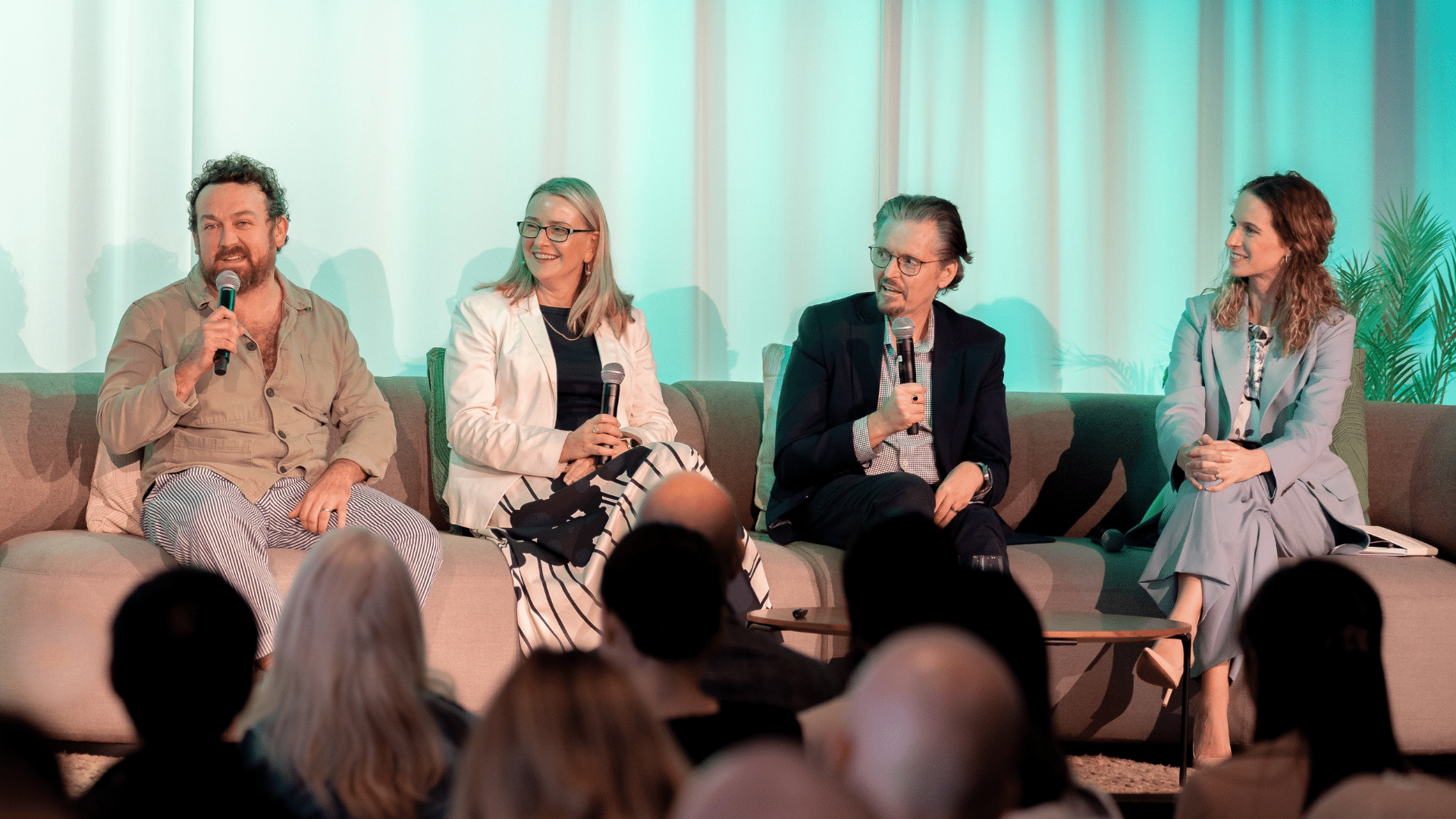
“Since the Industrial Revolution when people moved into cities from the countryside, we’ve experienced the majority of our shared sense of purpose from co-workers. In our modern work, we still crave connections, and these are often most rewarding when we’re [together] in the trenches.” — Source
It was the American urban sociologist Ray Oldenburg who coined the now-popular phrases “first place”, “second place”, and “third place”, with regards to the spheres within which we live our lives.
The first place is home. The second is work. And the third is somewhere in-between; it’s the social space where communities grow and ideas flourish.
Companies have taken notice of this theory. If inspiration and collaboration are at the heart of productivity, then space must be made for these things inside the workplace.
This trend began long before COVID, but with employers needing to incentivise employees back into the office now more than ever before, the importance of meeting their needs and expectations is at an all time high.
And it all starts with interaction.
The increasing need for social spaces
Social spaces are areas in a workplace designed for employees to put down their tools and interact. The idea behind them is to remove the pressure, improve morale, spark some creativity and make employees happier at work.
And it’s founded on science. We know that the brain works best when two of its key networks co-operate: the executive control (active) and default mode (passive) networks.
Moving away from a desk and into a relaxed social space can activate that creative default mode network and studies have found that the best divergent thinking comes from dynamic network coupling. By supplying collaborative resources in social spaces (like interactive whiteboards, for example), companies can harness and encourage these activities.
Outside of fostering ideas, social spaces nurture communication across departments and hierarchies. This helps colleagues share skills, learn, solve problems together, connect to the bigger picture, test ideas, and feel a sense of belonging. All these things fuel employee satisfaction and loyalty.
Social spaces are also important for relaxation. According to a UK study, 1 in 5 office workers believe that having these areas is key to boosting productivity. Allowing people time away from high-pressure, focused tasks can help them to approach their work with clarity and a fresh perspective.
Finally, in a practical sense, social spaces are useful for companies to share important messages that might otherwise get lost in inboxes. Employees are more likely to be engaged during this downtime, allowing for more effective communication between teams.
And this pays dividends for businesses. Studies have found that happy workers are around 20% more productive than their unhappy counterparts, happy salespeople sell 37% more, and stock prices of companies with high levels of employee satisfaction rise faster than those without.
Examples of integrating social spaces into office design
Social spaces provide an opportunity to leave office form and function at the door and introduce more casual furnishings and aesthetics. And they don’t necessarily need to be separate, isolated areas in a workplace.
At Spaceful, we like to incorporate social spaces into our client’s environment where possible. A recent example of this is our project for SMEC, overlooking the stunning Lake Kawana on Australia’s Sunshine Coast.
To bring this coastal feel inside, the team opted for an elevated beach house aesthetic.. Central to the client’s brief was a multi-functional break-out space that could be used to connect, recharge and hold company town-halls.
A kitchen filled with plants, large shared seating areas and smaller nooks for more intimate hang-outs transport employees from work time to recharge time, providing the opportunity to soak in the serene views and feel connected to nature as well as each other.
Similarly, when CyberArk asked us to create a workplace that would incentivise its employees back into the office, and cater to a full spectrum of working styles, we knew that a free-flowing floorplan and multipurpose collaboration space would aid in bringing everyone together again
Rather than a single wellness and social space, we created a more dynamic multi-zone environment with easy access to encourage mobility throughout the day.
A collaborative zone allows small groups to interact and ideate, with writable walls for capturing ideas. Quieter, more private spaces around the perimeter still provide the traditional office setup for those that prefer this style of working. There’s plenty of room for creativity when it comes to integrating social spaces in new or existing offices. It’s all about the wider company strategy, its goals for company culture, and designing a space to facilitate these requirements.
Bring connection to your workspace
Are you looking for expert advice on designing a productive social space for your office?
Spaceful creates workplace designs that take into account your employee welfare and satisfaction, as well as your company strategy and wider business goals.


